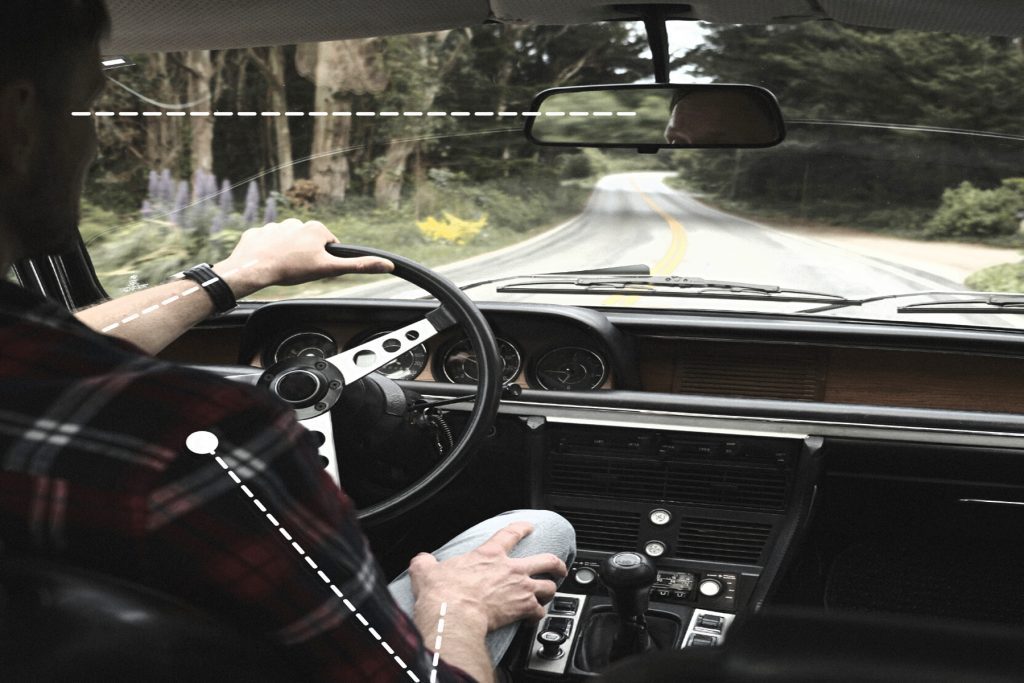Neuromuscular fatigue during driving is linked to peripheral and central mechanisms involved in maintaining posture and attention. Therefore, changes in road environment, particularly in visual demands and road curvatures, generate variations in the driver’s attention and may cause central fatigue. Greater stability and better support could be offered by reinforced bolsters, which might help to reduce this fatigue. Highways, being straight roads, were found to cause performance deterioration through making lower task demands than curved roads. Conversely, mountain roads led to greater engagement in the task but worse pressure distribution on the seat cushion.
PubMED

The Driver Comfort Assessment is completed with a standardized two-page checklist by either a medical professional or postural ergonomist with particular knowledge of musculoskeletal issues and driving biomechanical optimization. Individuals, disabled, or employees experiencing discomfort when they drive for work will benefit from Alleviation Institute’s driver position analysis.
